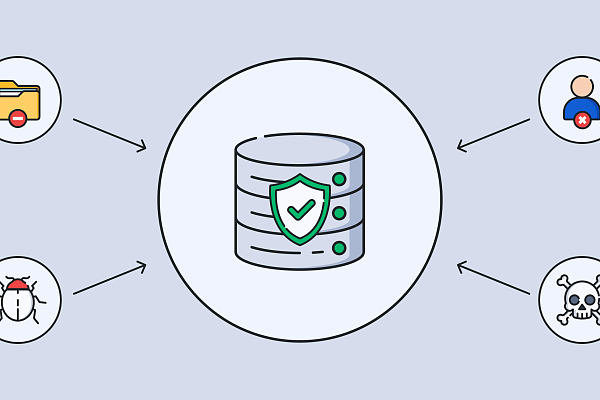As artificial intelligence systems become more advanced, they also become more expensive to operate, largely due to their reliance on powerful Graphics Processing Units (GPUs). Many organizations face this challenge—known as the AI cost paradox—where improving performance leads to rising costs, putting pressure on profitability. For business leaders, unmanaged AI spending is not just a technical issue; it directly affects the company's financial health.
This article offers a practical approach to managing the cost of cloud GPUs for AI workloads. The goal is not to limit innovation, but to support sustainable growth. By adopting disciplined spending practices, companies can transform their AI operations into an efficient and competitive advantage.
Implementing GPU cost optimization
The main goal of strategic cost management is not simply reduction, but the optimization of output. The important measure here is how much value you get for each dollar spent. This approach prioritizes operational effectiveness over raw computational power.
Successful implementation of this efficiency model requires shared responsibility across three organizational functions:
- Leadership: Establishes a culture of cost-awareness and demands clear financial visibility into AI operations.
- Engineering and Data Science: Implements technical optimizations and adheres to efficiency best practices in model development and deployment.
- Finance and FinOps: Provides financial oversight, reporting tools, and budgetary controls.
A framework for GPU cost optimization
Managing GPU costs effectively requires a clear plan. The following strategies offer a practical way to control spending.
1. Strategic Resource Selection
A fundamental principle of cost optimization is matching resources to tasks. Graphics processing units are often underutilized for simpler computations.
Central processing units can effectively handle numerous tasks such as data preprocessing, labeling, and inference for less complex models. Restricting GPU usage to model training and high-performance computing can reduce computational costs by 20-30% in many cases.
Cloud instance selection requires careful consideration. Different GPU types serve different purposes. Inference-optimized instances often provide sufficient performance at significantly lower cost than training-optimized instances. For development and testing workloads you can use the smallest possible instance. A specialized AI/ML cloud hosting provider can offer the flexible range of instances needed to match the right GPU to each task.2. Architectural and Operational Efficiency
Computational efficiency is not only about the hardware you choose. How a system is built and managed is just as important. Poor design and inefficient workflows waste resources.
Organizing work better can lead to major savings. For example, grouping tasks together instead of processing them one-by-one keeps GPUs busier. Using modern platforms like Kubernetes helps teams share resources and automatically adjust capacity, preventing over-provisioning. The use of virtual GPU (vGPU) servers is a key enabler for this kind of flexible, efficient resource sharing.
The data preparation process also has a big impact on cost. If data is not ready when the GPU is, the expensive hardware sits idle. Using faster data formats and caching frequently used information minimizes delays and reduces unnecessary work.
3. Governance and Financial Visibility
Effective management requires accurate measurement. Without comprehensive tracking, cost accountability remains impossible.
Resource tagging provides the foundation for financial transparency. Every computational resource must include identifiers for project, team, and model version. This practice enables precise cost attribution and accountability.
Centralized dashboards offer unified visibility into expenditure. Cloud-native tools or dedicated FinOps platforms provide a single source of truth for financial data across the organization.
GPU cost optimization strategy
Getting your AI costs under control is a step-by-step process. Follow this plan:
- Review Past Spending: Look at what you have spent on GPUs recently. This shows you where your money is going and sets a starting point to measure future savings.
- Reward Efficiency: Start praising teams for saving money, not just for building accurate models. Make cost-effectiveness a valued goal.
- Set Basic Rules: Make it a requirement to label all cloud resources with the project name. Hold regular meetings with tech leaders to review costs.
- Run a Test Project: Pick one AI project and focus on making it cheaper to run. Use the savings you prove as an example to get more people on board.
Conclusion
Ignoring GPU costs hurts a company's profits and its ability to innovate. Managing these costs is not just a technical task — it is a core business strategy.
Businesses that run efficient AI systems get three key benefits: they spend less money, they can afford to experiment more, and they can bring new ideas to market faster. The first step is to simply start tracking spending and making cost-conscious decisions on every AI project.




